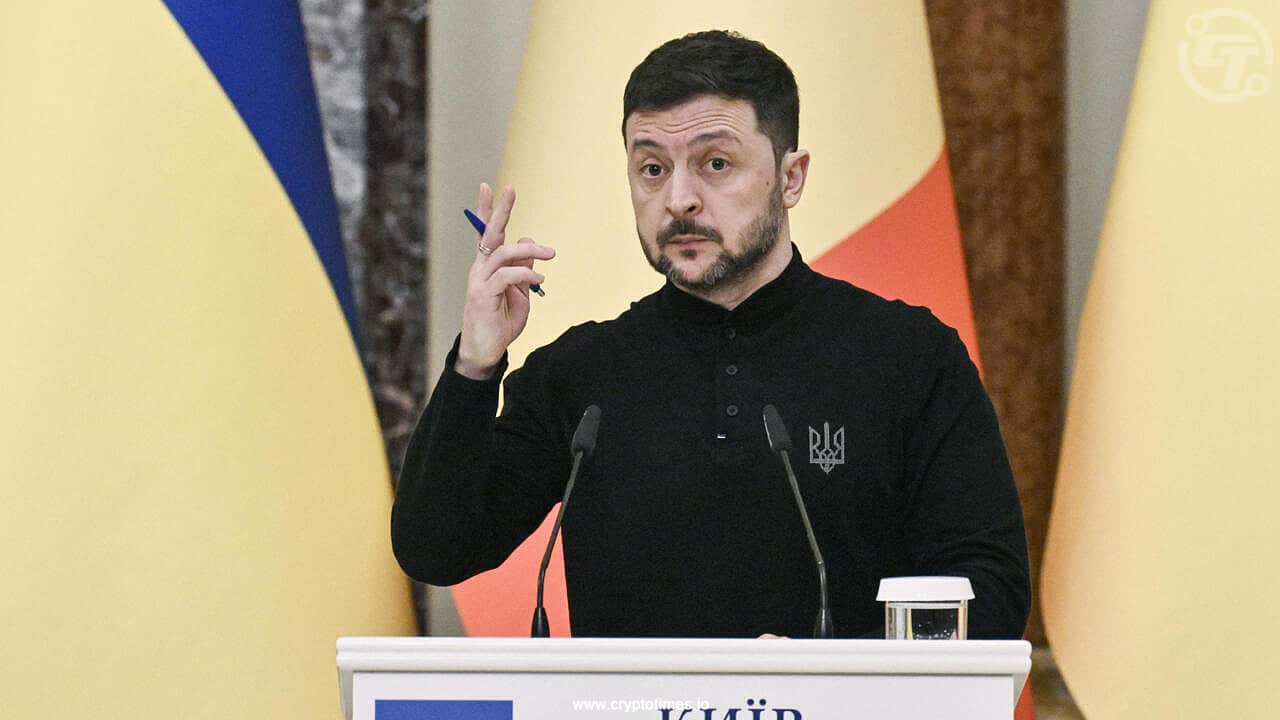Regulatory Progress Amidst Conflict: Ukraine’s New Crypto Tax Framework
In a bold move reflective of its commitment to modernize its financial systems during challenging times, Ukraine has introduced a new taxation framework for cryptocurrency. This initiative comes as the country grapples with the ongoing conflict with Russia, aiming to strengthen its economic infrastructure while also supporting national defense efforts.
Key Components of the New Taxation Strategy
The National Securities and Stock Market Commission (NSSMC) of Ukraine unveiled a detailed tax structure that seeks to align the country’s regulatory environment with global cryptocurrency standards. This framework includes an 18% tax on profits generated from virtual assets, alongside a 5% military tax specifically earmarked for funding Ukraine’s defense against its aggressor.
Additionally, the NSSMC has outlined preferential tax rates of 5% and 9% for certain categories that conform to both international regulations and Ukrainian legal standards. This dual approach highlights the government’s intention to foster economic growth in the digital asset sector while ensuring necessary funding for military expenditures.
Understanding the New Tax Matrix
The NSSMC’s implementation of a comprehensive crypto transaction matrix is a critical aspect of the new framework. It includes guidelines for various transactions such as mining, airdrops, and other crypto-related activities. Importantly, taxes will only apply when crypto assets are converted into fiat currency for the purchase of goods and services. However, transfers made between cryptocurrencies will not incur any tax obligations.
“In the digital age, taxation of cryptocurrencies is no longer a hypothesis – it’s a rapidly approaching reality,” said NSSMC director Ruslan Magomedov. He emphasized how the newly developed matrix provides several taxation options for virtual asset transactions.
Learning from Global Practices
Ukraine’s approach is informed by international practices, taking cues from countries like Austria, France, Malaysia, and Singapore, which have either simplified or waived taxes for cryptocurrency usage. The NSSMC plans to finalize a 5%-10% crypto tax system by mid-2025, targeting enhanced state revenue and military funding, thereby reflecting the dual priority of economic stability and national security.
Broader Implications for the Community
This regulatory intervention represents a significant step toward integrating cryptocurrencies into the formal economy, encouraging legitimacy and trust in digital assets. It also provides a potential model for other countries facing the challenge of regulating emerging technologies during times of crisis. By establishing this framework, Ukraine not only sets a precedent for its local market but also signals to investors and businesses that it is serious about embracing the digital economy.
As the global landscape for cryptocurrencies continues to evolve, the Ukrainian government’s proactive strategy underscores the importance of adapting to new financial realities, even amidst the turmoil of war. This double-layered tax framework is positioned not just as a fiscal measure, but as a commitment to a resilient economic future.
In conclusion, the NSSMC’s unveiling of a structured tax framework for cryptocurrency is not just a local development; it represents an emerging trend that could provide valuable insights into how nations can navigate the integration of blockchain technology while ensuring economic and military resilience.



